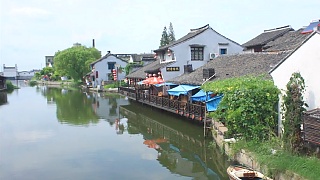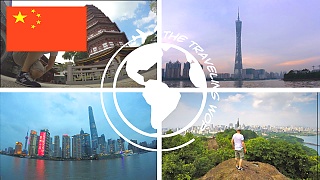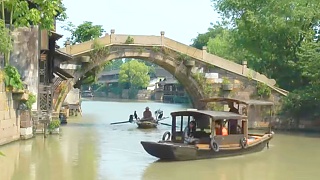
|
The XinJiang region, (north) west China, has been under Chinese rule since at least the 18th Century.
While bombing Muslims everywhere else, the Uyghurs in China (a Turkic people in XinJiang) are a useful tool for Western attempts to destabilize and break up China. Just like the useful idiots in Hong Kong, and Tibet.
The Uyghurs have autonomous regions, yet some fall under the Western spell (money) to push for unjustified 'independence'.
The Main Stream Media (MSM), and much of the (often fake) 'independent media', in the West have been pushing a "repression" fable strongly for some time, using every propaganda trick in the book; plus the usual 'human rights' (you're free to do as you're told) and 'democracy' (you're free to choose one of the big money picks) scams. Yet wherever 'color revolutions' and invasions by the West have taken place, real repression followed.
The MSM tell an, at first glance, convincing story - it sounds good ("how terrible!"), till one scratches the surface.
In reality, the West doesn't really care less about the Uyghurs; it's all about trying to break up China.
Emotionally charged lie - repeated ad nauseam.
Don't be fooled.
Uyghurs, Hong Kong organised crime and murderers extradition treaty 'protests', Tibet, 'trade war', South China Sea islands, etc., are all part of a total (all fronts) war on China. For now, it's predominantly an info war; but also a poke, poke, poke real war. And all because the US feels it has the right to rule the whole world (although it cannot even take care of itself). It's not the will of the American (and puppets) people; just the elite (some of).
|

 PuTuoShan 普陀山
PuTuoShan 普陀山


















